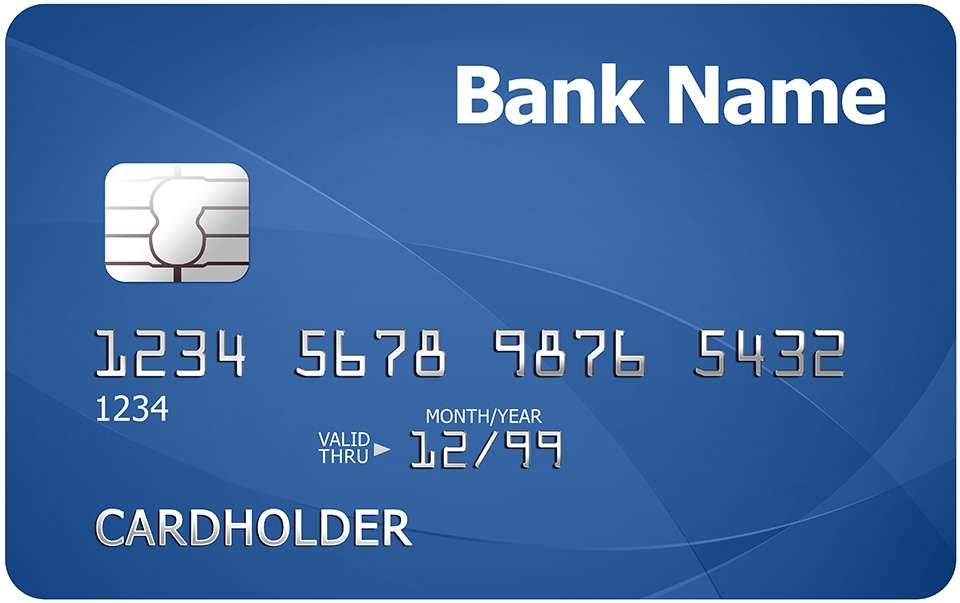
notify your financial institution immediately if you think somebody has it. cancel the transaction and use a different machine if someone is watching you or if you suspect anything unusual. cover the PIN pad when entering it at an ATM or in-store terminal. never give it to anyone, not even a family member. You may be responsible for unauthorized transactions, meaning those you didn’t make or approve, if you don’t protect your PIN. anything else that someone may guess easily. When you choose your own PIN, choose one that others can’t guess easily.ĭon’t use any of the following, alone or in combination: To protect yourself against fraud, you should change the PIN that the financial institution gives you. If you don’t receive a PIN, contact your financial institution. Some financial institutions may send you a pre-assigned PIN for your debit card. You’ll be asked to enter your PIN if you tap above the contactless card payment limit. You usually don’t need a PIN for contactless payment where you tap your card on a payment terminal. It allows you to access your account information. Your personal identification number, or PIN, is a numeric password that verifies your identity. Your financial institution may check your credit history to set the daily limit on the card.Ĭheck with your financial institution to find out about your debit card's daily limit and any fees that may apply when you use your debit card. Your financial institution may set a daily dollar limit on the amount of money you can withdraw from your account with your debit card. 
Learn more about the Canadian Code of Practice for Consumer Debit Card Services.
the possible effects of not protecting your card and PIN.  your responsibility in protecting your PIN and debit card. Organizations that sign on to the Canadian Code of Practice for Consumer Debit Card Services, like banks, agree to give you the following information before you get a debit card: Information you must receive when getting a debit card
your responsibility in protecting your PIN and debit card. Organizations that sign on to the Canadian Code of Practice for Consumer Debit Card Services, like banks, agree to give you the following information before you get a debit card: Information you must receive when getting a debit card 
You may have to pay a fee when you use your debit card depending on your financial institution.įinancial institutions, such as banks, usually give you a debit card when you sign up for an account. A debit card is a card that you can use to pay for goods and services, or withdraw money, directly from your bank account.







 0 kommentar(er)
0 kommentar(er)
